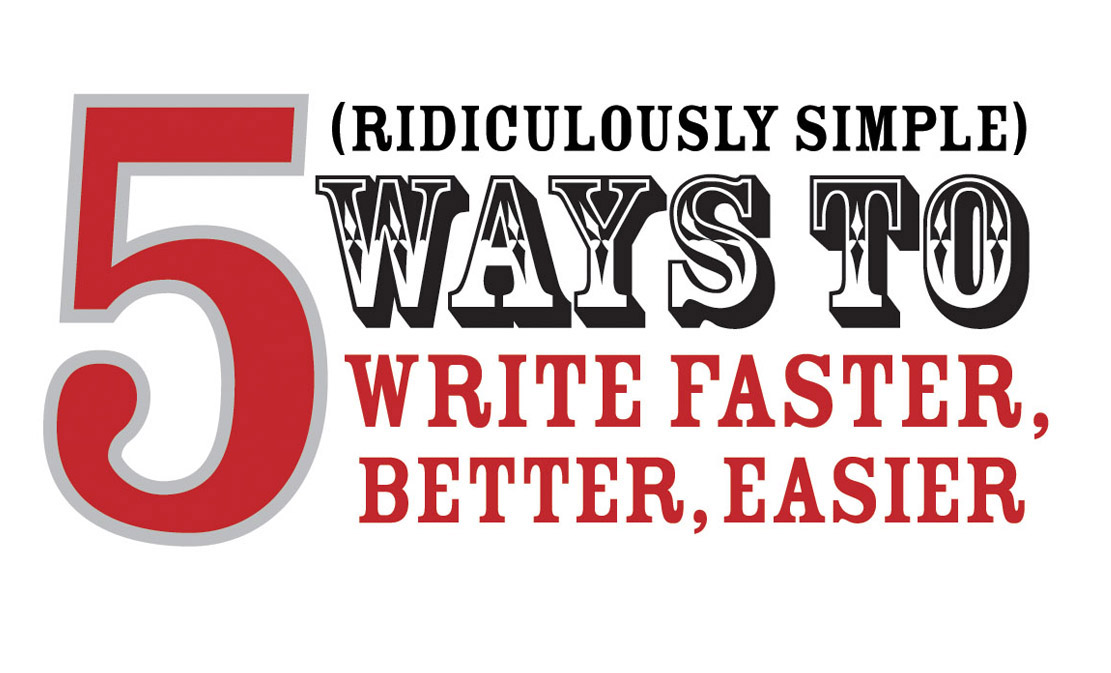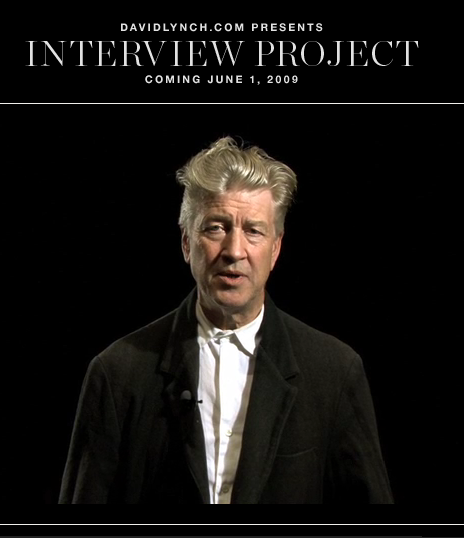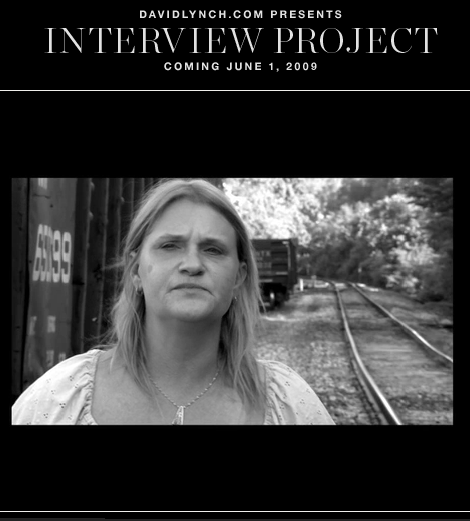You’ll Love This Book, Trust Me
 Tuesday, June 9, 2009 at 08:46AM
Tuesday, June 9, 2009 at 08:46AM 
One of the questions I get asked the most is “How do you get people to talk so naturally on-camera?”
The simple answer is it starts with my intention.
That’s why I’m so thrilled to share with others Nick Morgan’s new book “Trust Me: Four Steps to Authenticity and Charisma.”
Setting intentions is one of the central ideas in “Trust Me.” Business leaders and non-filmmakers involved in any aspect of creating a corporate documentary will find this book invaluable. (And yes, filmmakers will find it awesome, too!)
Think your spoken words carry the most weight during a conversation?
Think again.
Your gestures mean more. Way more.
And you can thank your limbic brain for believing gestures over spoken words.
According to Morgan, many of the gestures we use while speaking actually happen a split second before our words are spoken. At a subconscious level, we receive these gestures and then our part of our brain determines if that person is believable and authentic.
“Trust Me” outlines in four simple steps how we can become more believable and authentic by getting both verbal and nonverbal in sync.
We often feel a certain way about someone because we unconsciously believe the “second conversation,” the one with gestures, over the “first conversation,” the one with content.
“Trust Me: Four Steps to Authenticity and Charisma” is an important piece of work because we now have a clear and simple system to become highly effective communicators while maximizing our presence in front of others; either in groups or one-on-one.
The Big Idea
The main concept behind “Trust Me” is simply this: gestures first, words second.
“We are all unconscious experts at reading other people’s body language” (pg 2).
Nick proposes that “every conversation is two conversations: the verbal one- the content- and the nonverbal one- the body language. If the two are aligned, you can be a persuasive, authentic communicator…If the two are not aligned, people believe the nonverbal every time” (pg 1).
The Big “A-Ha!”
Over the years, our instincts taught us to survive by reading nonverbal clues; which is great when one is living in the wild. These instincts are still with us, of course, but now with a slight twist: we are conditioned to read the nonverbal and attach meaning or intent behind it.
By learning to create intent first, our body language will more naturally express the intent, thus creating a more believable and authentic communication experience.
Intentions First. Gestures Second.
Most of us have been taught to think of what to say first then the words and gestures will follow. But we know the brain perceives and believes gestures first so it makes sense to create the intention of your communication first, then the gestures will appear naturally, followed by your thoughts and finally your actual words.
It’s easy to think, “I’ll just control my gestures by being conscious of them.” Of course, you’ll run into a slight problem: you’ll come off doubly awkward because now you’re thinking consciously of an unconscious activity. Nick’s suggestion? Think about the intent first and you will naturally create believable gestures. Now you can begin creating two believable conversations at once; the verbal and the nonverbal.
The Four Steps
Nick’s system to communicate authentically is easy to remember in any situation:
Step One: Being Open
Step Two: Being Connected
Step Three: Being Passionate
Step Four: Listening
The last few chapters of the book have some really unique and invaluable public speaking tips.
Seeking to enhance your communication skills either in groups or just one-on-one?
Then this book just might be for you. Trust me. ☺
---Tom








